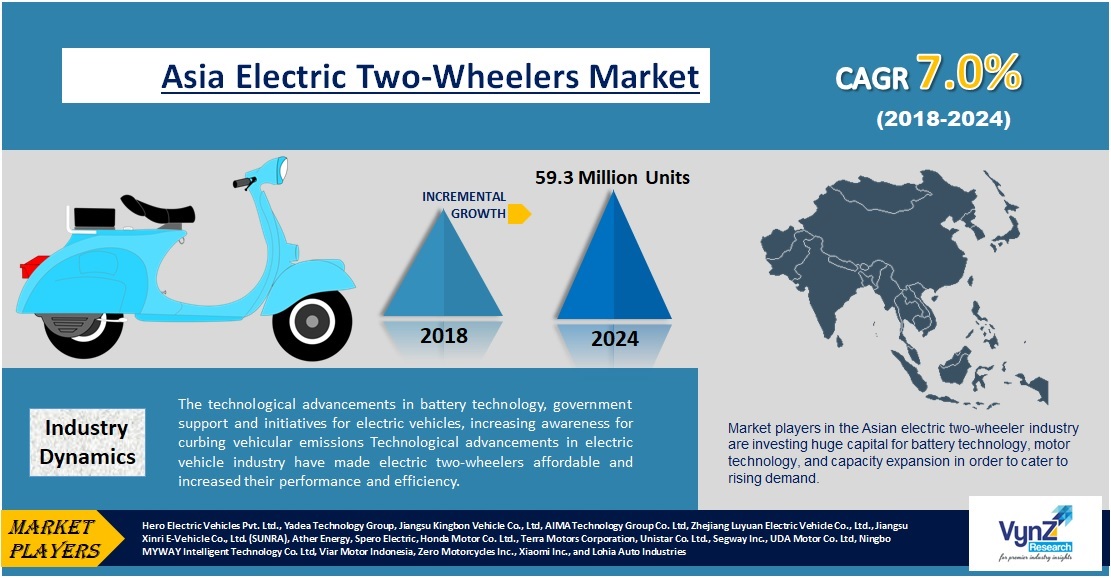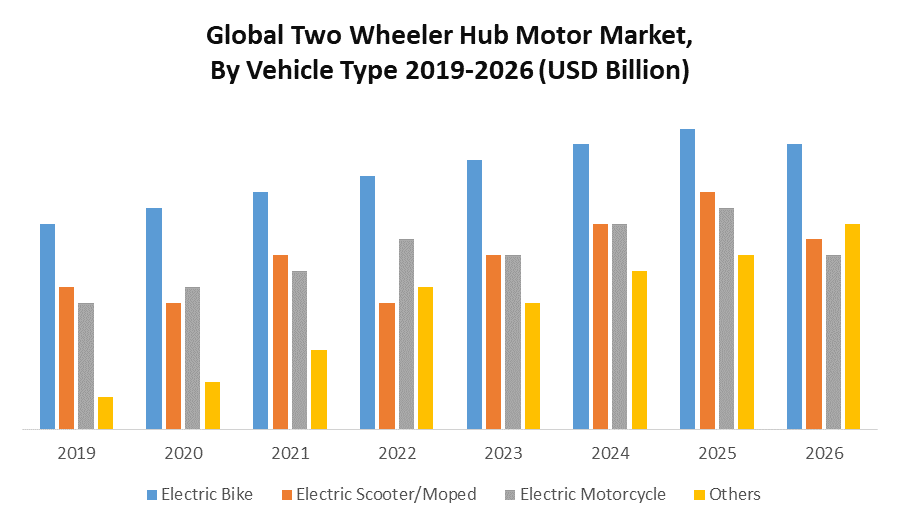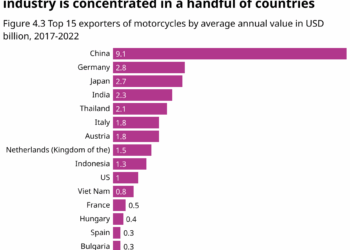Delving into two-wheeler market demand analysis globally, this introduction immerses readers in a unique and compelling narrative. It explores the intricacies of market trends, growth opportunities, and challenges faced by key players in the industry.
As we navigate through the factors influencing global demand and the evolving landscape of two-wheeler preferences, a deeper understanding of this dynamic market is revealed.
Overview of the two-wheeler market
The global two-wheeler market is a dynamic and competitive industry that caters to the transportation needs of millions of people worldwide. Two-wheelers, including motorcycles, scooters, and bicycles, offer a cost-effective and convenient mode of transport for both urban and rural areas.
Key Players and Market Share
Some of the key players in the global two-wheeler market include Honda, Yamaha, Hero MotoCorp, Bajaj Auto, and TVS Motor Company. These companies have a significant market share and are known for their innovative products, reliable performance, and strong distribution networks.
Major Regions Driving Demand
- Asia-Pacific: The Asia-Pacific region, particularly countries like India, China, and Indonesia, is a major driver of demand for two-wheelers. The growing population, increasing urbanization, and improving economic conditions have led to a surge in the sales of motorcycles and scooters in this region.
- Europe: In Europe, countries like Italy, France, and Germany have a strong culture of biking and recreational riding. The demand for premium motorcycles and electric scooters is on the rise, driven by concerns for the environment and a shift towards sustainable transportation.
- North America: The North American market for two-wheelers is driven by factors such as a preference for leisure biking, increasing traffic congestion in urban areas, and a growing awareness of the benefits of two-wheeled vehicles in reducing carbon emissions.
Factors influencing global demand

The demand for two-wheelers in the global market is influenced by various factors that shape consumer behavior and market trends. Economic conditions, changing consumer preferences, and government regulations all play a significant role in determining the demand for two-wheelers worldwide.
Economic factors affecting the two-wheeler market demand
Economic factors such as income levels, inflation rates, and employment status have a direct impact on the demand for two-wheelers. In developing countries, where disposable income is limited, two-wheelers are often preferred over four-wheelers due to their affordability. Conversely, in developed countries with higher income levels, the demand for premium two-wheelers tends to be higher.
Changing consumer preferences impact on two-wheeler demand
Consumer preferences are constantly evolving, influenced by factors such as technology advancements, environmental concerns, and lifestyle changes. As consumers become more environmentally conscious, there is a growing demand for electric two-wheelers. Similarly, the popularity of recreational biking and adventure sports has led to an increase in demand for off-road motorcycles.
Influence of government regulations on global demand for two-wheelers
Government regulations play a crucial role in shaping the two-wheeler market. Policies related to emissions standards, safety requirements, and import/export regulations can impact the demand for two-wheelers. For example, stringent emission norms in certain countries may drive consumers towards electric or hybrid two-wheelers, while safety regulations can influence the design and features of motorcycles and scooters to meet compliance standards.
Market trends and analysis
The global two-wheeler market is constantly evolving, driven by various trends that are shaping consumer preferences and industry dynamics. Technological advancements play a key role in influencing the demand for two-wheelers, especially with the rise of electric vehicles. Let's delve deeper into the current trends and analysis impacting the market.
Technological advancements
In recent years, technological advancements have significantly impacted the two-wheeler market. The integration of smart features, such as GPS navigation, Bluetooth connectivity, and advanced safety systems, has made motorcycles and scooters more appealing to consumers. These innovations not only enhance the overall riding experience but also cater to the growing demand for convenience and connectivity.
Electric two-wheelers are gaining momentum in the market, thanks to their eco-friendly nature and lower operating costs.
Demand for traditional vs. electric two-wheelers
The demand for traditional gasoline-powered two-wheelers continues to remain strong, especially in regions where infrastructure for electric vehicles is still developing. However, the rising concerns over carbon emissions and environmental sustainability have led to a surge in the demand for electric two-wheelers.
With advancements in battery technology and the availability of charging infrastructure, electric two-wheelers are becoming a viable alternative for eco-conscious consumers.
While traditional two-wheelers offer familiarity and widespread availability, electric two-wheelers are seen as the future of sustainable mobility.
Growth opportunities and challenges

In the two-wheeler market, there are various growth opportunities and challenges that manufacturers and stakeholders need to consider to meet the increasing demand and stay competitive in the global market.
Emerging Markets Growth Opportunities
- Emerging markets like India, China, and Southeast Asia present significant growth opportunities for the two-wheeler market due to increasing urbanization, rising disposable incomes, and improved infrastructure.
- Manufacturers can focus on introducing affordable and fuel-efficient models tailored to the specific needs of consumers in emerging markets to capitalize on the growing demand.
- Expanding distribution networks, establishing local production facilities, and leveraging digital marketing strategies can help companies penetrate emerging markets effectively.
Challenges Faced by Manufacturers
- One of the major challenges for manufacturers is ensuring compliance with stringent emission regulations imposed by various countries, which require continuous innovation in engine technology and materials used in production.
- Supply chain disruptions, fluctuating raw material prices, and intense competition from electric two-wheeler manufacturers pose challenges to traditional gasoline-powered two-wheeler companies.
- Balancing pricing strategies to remain competitive while maintaining profitability is another challenge faced by manufacturers in meeting the increasing demand for two-wheelers globally.
Impact of COVID-19 Pandemic
- The COVID-19 pandemic has disrupted the global supply chain, leading to production delays, component shortages, and reduced consumer purchasing power, impacting the two-wheeler market worldwide.
- Shifts in consumer preferences towards personal mobility solutions and increased adoption of electric two-wheelers due to environmental concerns have influenced the demand dynamics in the post-pandemic era.
- Manufacturers need to adapt to the changing market landscape by investing in digital platforms, enhancing safety features in their products, and exploring new revenue streams to recover from the pandemic's impact and thrive in the future.
Ending Remarks

Conclusively, the analysis of the global two-wheeler market demand unveils a complex yet promising outlook for the industry. By exploring growth opportunities, market trends, and challenges, stakeholders can better navigate the ever-changing landscape of this dynamic sector.
Common Queries
What economic factors influence global demand for two-wheelers?
Economic factors such as income levels, fuel prices, and inflation can significantly impact the demand for two-wheelers worldwide.
How do government regulations affect the global demand for two-wheelers?
Government regulations on emissions, safety standards, and import/export policies play a crucial role in shaping the demand for two-wheelers on a global scale.
What are the current trends in the global two-wheeler market?
Current trends include the rise of electric two-wheelers, increasing focus on sustainability, and advancements in technology such as IoT integration in vehicles.
What growth opportunities exist for the two-wheeler market in emerging markets?
Emerging markets present growth opportunities due to increasing urbanization, rising disposable incomes, and a shift towards eco-friendly transportation solutions.
How has the COVID-19 pandemic impacted the global two-wheeler market demand?
The pandemic has led to disruptions in supply chains, changes in consumer behavior, and a focus on personal mobility, all influencing the demand for two-wheelers in varying ways.











